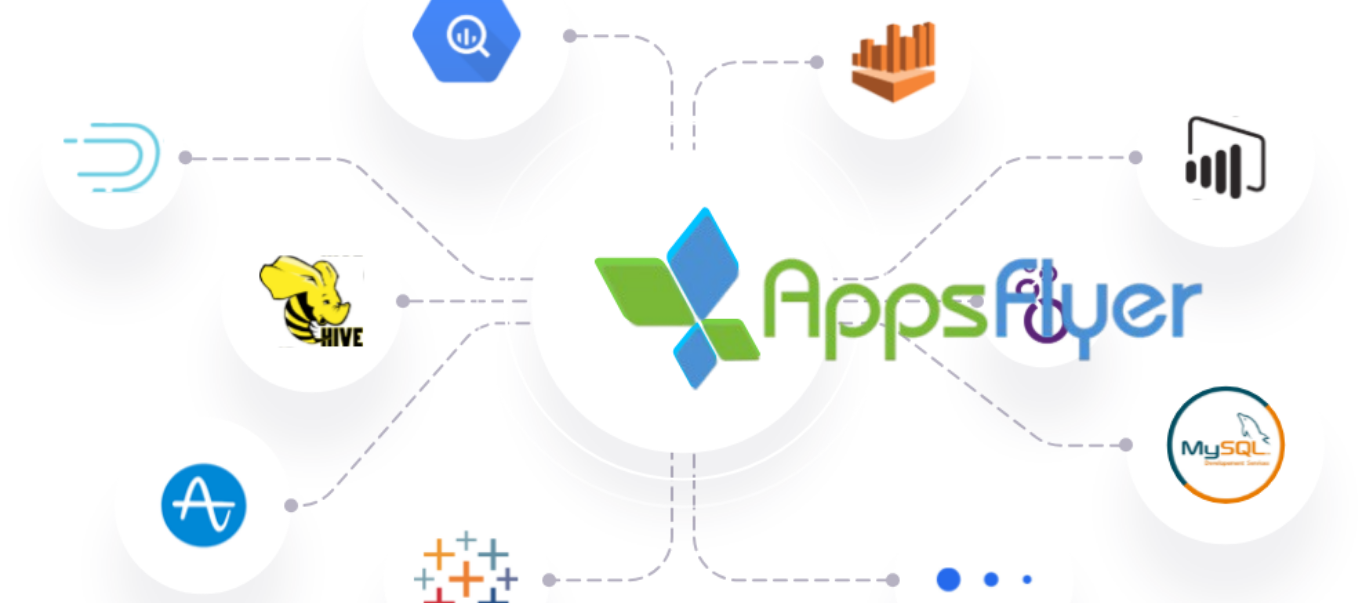Backed by Brickyard, Capitalize VC, and Vast Ventures, Warrant announces $720K in pre-seed funding to simplify marketing compliance in an era of regulatory chaos. NEW YORK, April 9, 2025 /PRNewswire-PRWeb/ — Warrant, the AI-powered marketing compliance platform purpose-built for regulated industries, today announced the launch of the first AI compliance agent designed specifically to review and approve marketing materials for financial services, real estate, and insurance companies. Alongside the product debut, Warrant has raised $720,000 in pre-seed funding from Brickyard, Capitalize VC, Triangle Tweener Fund, Vast Ventures, and a network of strategic angels, including executives from Brex, Slope, and current regulators. Warrant’s AI agent gives marketing and sales teams instant, tailored feedback on customer-facing content—whether it’s a website, social post, sales deck, email campaign, video, or influencer partnership. What sets Warrant apart is its ability to learn from a company’s previously approved content, providing suggestions that align with a team’s unique brand voice and risk tolerance. Over time, Warrant gets smarter, becoming a trusted extension of legal and compliance teams, proactively guiding marketers and sales reps through complex regulations. Teams can review materials against a growing library of thousands of federal, state, and platform-specific policies—or create their own—and ensure every asset is aligned with their company’s guidelines. Warrant also streamlines approval workflows, allowing teams to collaborate seamlessly with legal, compliance, and partner stakeholders, and track reviews through to final approval. “The most creative marketing doesn’t happen in spite of the rules—it happens when you know how to play by them,” said Austin Carroll, CEO and Founder of Warrant. “At Warrant, we demystify regulations, so businesses can move faster, hire the best people for the job, and unlock the full potential of their teams. In a world where every employee is a brand ambassador—whether they’re posting on LinkedIn or speaking at a conference—compliance isn’t just compliance’s job anymore. It’s everyone’s responsibility. And Warrant makes that possible.” Marketing Compliance Has Never Been More Chaotic Warrant launches at a time of sweeping changes—and chaos—in regulatory environments. As federal deregulation accelerates—whether it’s the rise of meme coins or uncertainty around CFPB enforcement— individual states are stepping in with new rules and enforcement actions, creating a confusing patchwork of policies that vary state by state. Nowhere is this more painful than for marketing and sales teams in financial services, real estate, and insurance, where partner banks and regulators are cracking down on customer-facing content. Companies are seeing approvals take longer, partner bank requirements grow stricter, and compliance risks increase. Warrant’s AI agent was purpose-built to cut through that chaos. Early adopters—including Holdings, Future Money, and Relli—are using Warrant to reduce marketing review times from an industry average of six hours to just 15 minutes. Teams leverage Warrant to speed up partner bank reviews, streamline legal and compliance approvals, and keep marketing and sales campaigns moving—without sacrificing safety or regulatory rigor. AI That Learns. Compliance That Scales. Unlike traditional tools that rely on static, outdated regulations, Warrant’s AI analyzes a constantly updated stream of enforcement actions, regulatory press releases, and sanctions—giving teams a complete picture of what regulators are focused on today. It learns what approved content looks like within each organization and makes intelligent suggestions tailored to their brand voice and risk tolerance. This ensures faster approvals, fewer bottlenecks, and a proactive compliance process that scales as companies grow—keeping teams protected and ahead of emerging risks. With this new funding, Warrant will expand its development of webhooks and integrations across the entire marketing, sales, and customer experience (CX) tech stack. Warrant’s proactive approach allows companies to embed compliance checks directly into the tools their teams already use, reducing risk from overlooked content and extending compliance across the entire organization. Built by Experts in Marketing, Compliance, and AI Warrant’s founding team brings deep expertise in marketing, financial services, and AI. CEO and Founder Austin Carroll previously led financial product marketing at Mercury and Brex, and served as a Product Manager at Capital One, where she experienced firsthand how compliance bottlenecks slow down marketing teams. CTO Daniel Chopson was formerly Chief Technical Officer and Co-Founder at Cove.Tool, where he pioneered the use of AI to interpret federal, state, and local regulations, and also held key engineering roles at Sage. Warrant’s team is supported by advisors from Dave, American Express, Melio, Brex, and current regulators. “Marketing compliance has become a major bottleneck for companies in regulated industries,” said Matt Patterson, Partner at Brickyard. “Warrant is solving a massive pain point by enabling marketing and sales teams to move faster without increasing risk. Their AI-driven approach not only streamlines approvals but also ensures that compliance becomes a seamless part of the creative process. We’re thrilled to back Austin, Daniel, and the Warrant team as they build the future of marketing compliance.” About Warrant Warrant is the AI-powered marketing compliance platform for financial services, insurance, and real estate. The team of marketers, AI engineers, and compliance experts transforms complex regulations into intelligent AI systems that adapt to evolving laws, enforcement actions, and industry standards. The system continuously learns from each organization’s past approvals to provide smarter suggestions that reflect a company’s unique brand voice and risk tolerance. Marketing and compliance teams use Warrant to accelerate reviews, reduce regulatory risk, and ensure every customer-facing asset is compliant—enabling proactive, organization-wide compliance at scale. For more information, visit www.hellowarrant.com Media Contact source PRnewswire










